
The History of WWE celebrates 50 years of sports entertainment by chronicling the evolution of WWE from small, regional promotion into a worldwide phenomenon. With new interviews from several key personalities past and present, get the inside story behind each era of WWE as well as all your favourite moments and Superstars.
You May Also Like

In the ocean, female sharks often make the rules. In fact, scientists are trying to understand if the biggest and baddest sharks in the world’s waters are female.

Narrated by Chuck D, Freestyle 101: Hip-Hop History explores the genre’s early days through the lens of freestyle rap, featuring legendary artists discussing the history and intricacies of rapping with musical performances throughout.

An hybrid feature film between documentary and fiction that approaches cinema as a ritual of symbolic transformation of death in the experience of 7 trans women. In this film, testimonies are combined with scenes that plunge into the surreal and the fantastic to narrate death from different angles, death related to transfeminicides, only in the year 2021, 36 trans women were murdered in Colombia; social death that seeks to annul in exclusion and silencing the life that makes it uncomfortable; and the multiple deaths that we experience in life, which speak of renunciations, forgetfulness, separations, changes.

The story of grassroots innovators striving to create a more sustainable future. From a self-taught engineer who built a solar-powered car to a young woman with disabilities fighting for inclusivity, they are tackling sustainability issues on the ground and empowering their communities. Is the world ready to look elsewhere for solutions to our challenges?
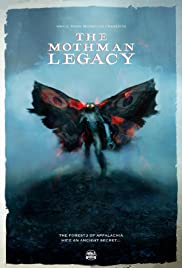
One of the most frightening of American urban myths is the legend of The Mothman, a red-eyed creature seen by some as a harbinger of doom in 1960s rural West Virginia, where sightings of the winged demonic beast were first documented near an old munitions dump known by locals as TNT. Many believe the Mothman to be a 1960’s phenomenon, an omen only appearing before tragedy, and disappearing after a flap of sightings and the subsequent Silver Bridge collapse in 1967. But what if there’s more? What if the origins of this omen trace back much further and go much deeper than anyone realized? And what if…the sightings never ended?
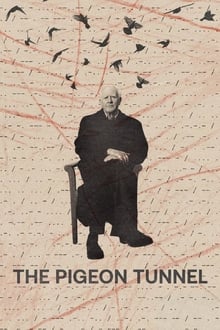
Academy Award® winner Errol Morris pulls back the curtain on the storied life and career of David Cornwell, the former spy known to the literary world as John le Carré.
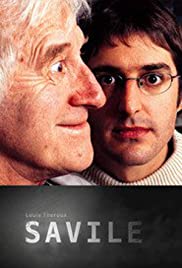
Sixteen years after his documentary When Louis Met Jimmy, Theroux seeks to understand how he was tricked by a man who became his friend

After decades of hurricanes and oil spills, Louisiana faces a new threat – hordes of monstrous 20 pound swamp rats. Known as “nutria”, these invasive South American rodents breed faster than bounty hunters can “control” them. With their orange teeth and voracious appetite they are eating up the coastal wetlands that protects Thomas and his town of Delacroix Island from hurricanes, but the people who have lived here for generations will not give up without a fight.
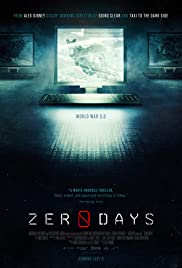
Alex Gibney explores the phenomenon of Stuxnet, a self-replicating computer virus discovered in 2010 by international IT experts. Evidently commissioned by the US and Israeli governments, this malware was designed to specifically sabotage Iran’s nuclear programme. However, the complex computer worm ended up not only infecting its intended target but also spreading uncontrollably.
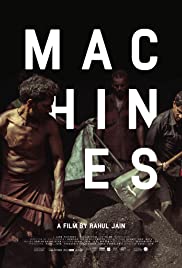
This portrayal of the rhythm of life and work in a gigantic textile factory in Gujarat, India, moves through the corridors and bowels of the enormously disorienting structure—taking the viewer on a journey of dehumanizing physical labor and intense hardship.
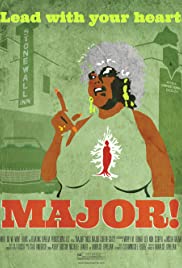
MAJOR! follows the life and campaigns of Miss Major Griffin-Gracy, a 73-year-old Black transgender woman who has been fighting for the rights of trans women of color for over 40 years.

Stolen is a 2009 Australian documentary film that uncovers slavery in the Sahrawi refugee camps controlled by the Polisario Front located in Algeria and in the disputed territory of Western Sahara controlled by Morocco, written and directed by Violeta Ayala and Dan Fallshaw. It had its world premiere at the 2009 Sydney Film Festival,[1] where a controversy started after one of the participants in the documentary, Fetim, a black Sahrawi, was flown to Australia by the Polisario Liberation Front to say she wasn’t a slave.